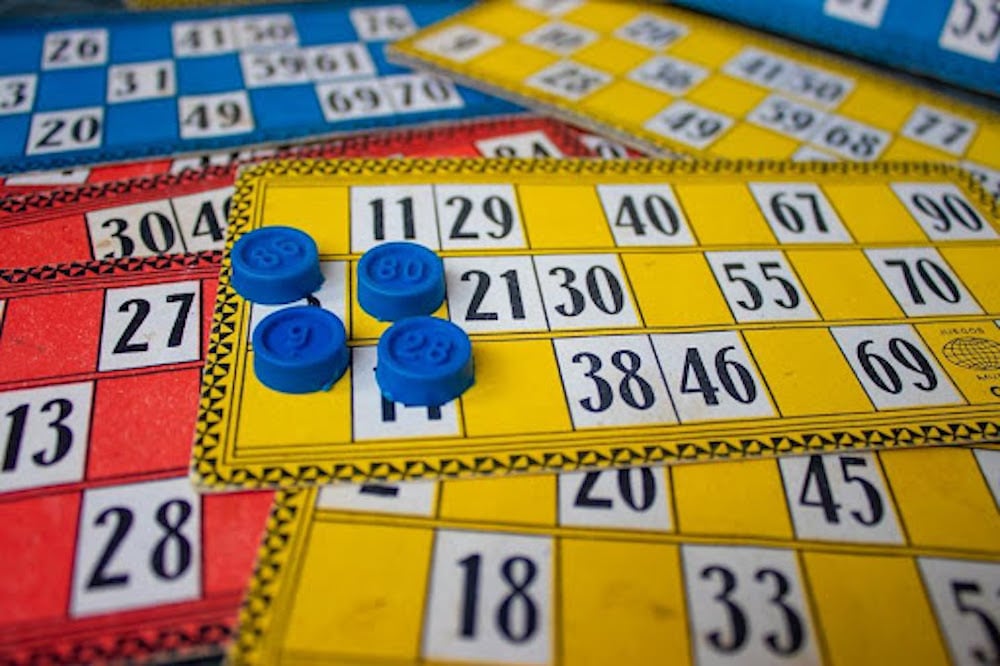In the 1960s in the UK there were 16 million registered bingo players. That meant that quite regularly, British bingo halls would attract higher weekend attendances than the entire Football League combined.
If those were the glory days then the first 10 years of the new millennium were undoubtedly the complete opposite. The game that had once captivated Britain was on its knees and seemingly on its way to the scrapheap, consigned to the past along with other relics of the past.
Then, seemingly out of nowhere, the online sector gave a game of bingo a new lease of life. Now, millions of bingo fans log in to online sites like winkbingo.com to play their favourite bingo games in their own time.
In this article we take a look at how bingo has managed to remain so popular in the face of a number of hurdles and pitfalls since the turn of the millennium.
An Old Person’s Game
When bingo was legalised in the 1960’s it was a hip and young game that brought newly established suburban communities together. Throughout the following decades, the game became stuck in its ways and almost universally refused to move with the times.
As such it remained popular with those who began playing it in the 1960s, but never really made a dent in younger demographics. As a result, by the time the world was celebrating the turn of the millennium things were looking bleak for bingo hall owners.
Without putting too fine a point on it, bingo’s audience was dying out. That stubbornness to modernise and adapt to changing societal trends was beginning to bite the game on the proverbial backside.
Bingo was dealt a further blow in 2007 when the government implemented the ban on smoking in all enclosed public spaces. Many of the players that bingo had clung on to were older and more likely to smoke.
The move to ban smoking in bingo halls subsequently drove many players away or drastically reduced the time they spent indoors playing. Thus at the end of the noughties, this ‘old person’s game’ stood on the brink of retirement.

Bingo’s Rebrand
Towards the end of the noughties there was a recognition that something needed to change if the game was to avoid falling out of use. That change came in the form of the online gambling industry that targeted bingo as an expansion area.
A number of companies, using their expertise of contemporary online gambling technology took bingo and adapted it to an online audience. One of the most important tweaks came in the way in which bingo was branded.
No longer was it targeted at OAPS. Instead it was rebranded as a game to be enjoyed by young, affluent professionals. At first this was done out of necessity as online bingo providers feared that elder, legacy players would not be able to navigate the technology needed to play online.
After a period of time though, it became apparent that bingo had an enduring popularity amongst a much younger audience. At the time of writing in 2022 bingo is no longer a game enjoyed by middle aged women or pensioners.
It’s enjoyed by busy professionals, university students and a whole host of other demographics.
Offline Bingo
Whilst it’s tempting to attribute the revival of bingo solely to the advent of online bingo sites, that’s not a true reflection of what has really happened. The online sector has undoubtedly played a key role in bingo’s revival, but it is not the only factor.
The rise of event bingo, such as Drag Bingo and large scale party events like Bongo’s Bingo have helped to market the game to a brand new audience of players.
By incorporating the hilarity of a Drag Queen into a game of bingo or by piping dance music into a bingo hall, these events have helped to shake off the curmudgeonly perception of bingo.

What Else Makes Modern Bingo Popular?
The internet and event bingo explain how bingo managed to market itself to a younger audience, but what about modern bingo keeps players coming back for more? Well, like anything it comes down to a myriad of reasons.
The chief of which though is convenience. In the modern world convenience is king. Whether that be next day delivery on online shopping or being able to stream the latest movies and TV shows directly to our mobile phones.
Online bingo in particular ticks that rather large box of convenience, in that it is available at the tip of our fingers through. Open up your mobile phone after reading this article and you could be signed up and playing with an online provider in less than 5 minutes.
This increased accessibility also allows players to dip in and out of the gaming action wherever and whenever. The recent incorporation of more advanced social elements has also made online bingo a great way to catch up with friends that doesn’t involve too much in the way of organisation or expense.
In Summary
The bingo industry would have continued in some form if it were not for the intervention of online bingo in the mid to late nineties. The game would have experience a massive drop off in popularity though and not be as widely loved as it is today.
Bingo’s current popularity owes a debt of gratitude to the online sector, but also to things like Drag Bingo and Bongo Bingo that have made the game cool and relevant. It’s an exciting time to be a bingo fan, and that’s not something that could have been said much in the decades before.


